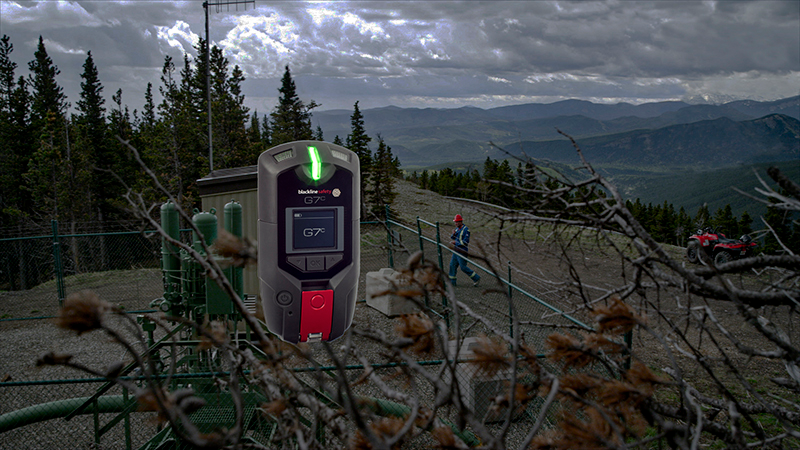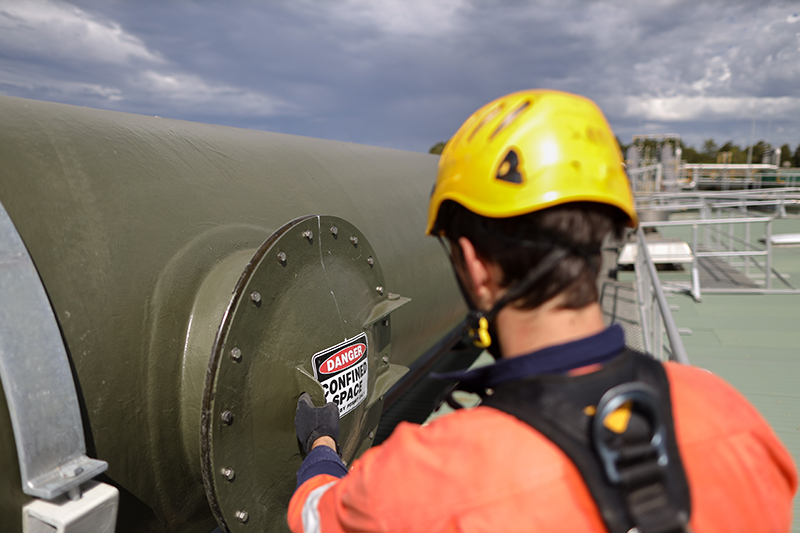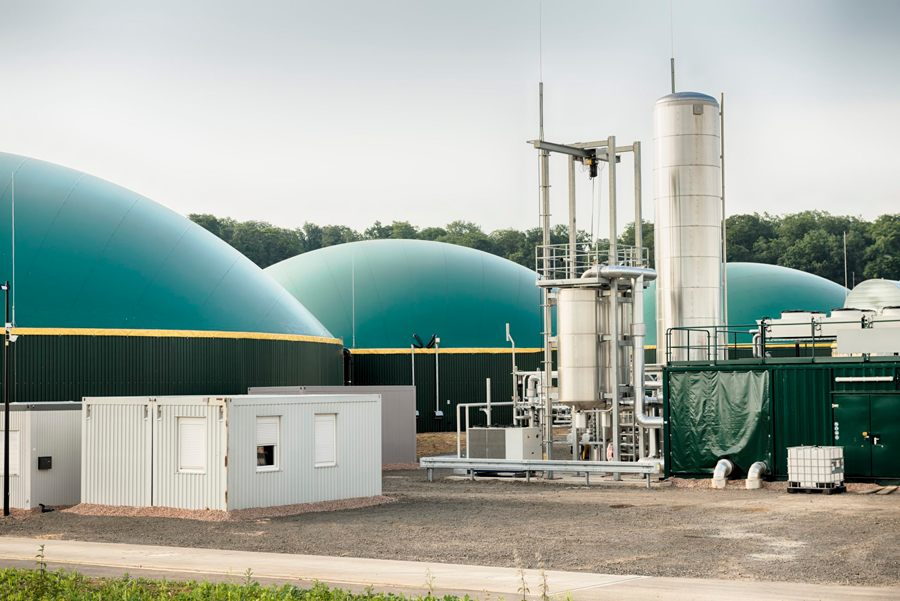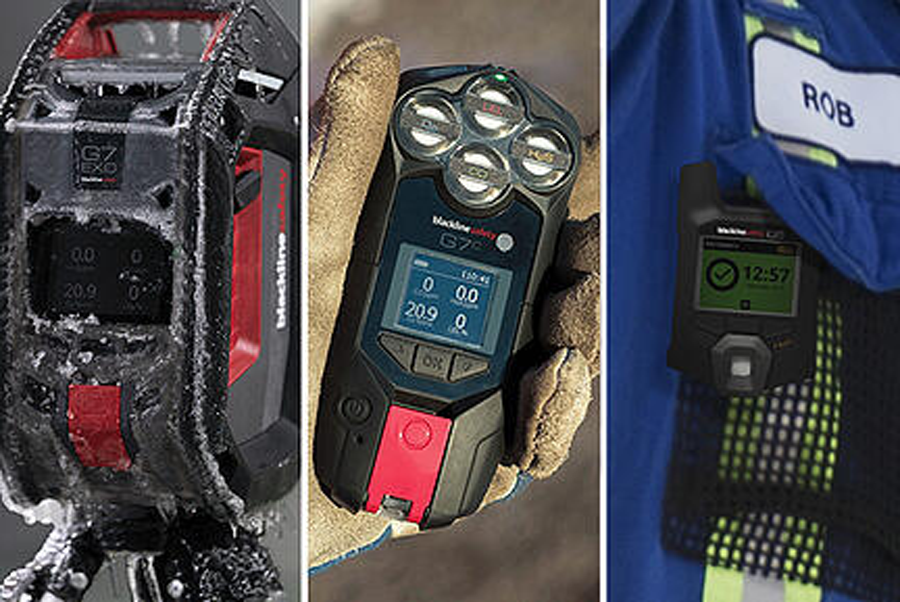As our energy spectrum evolves from traditional sources to renewables, the energy workforce will evolve along with it. It may surprise you to know that wind turbine service technician is the second fastest growing occupation, according to the U.S. Bureau of Labor and Statistics. In 2018, three million people were employed in energy efficiency jobs in the U.S. – more than all the wait staff in every bar and restaurant across the country! Overall, in the decade from 2020 to 2030, global renewable energy jobs are estimated to increase threefold – from 12 million to 38 million.
With any process or industry making a rapid transition, the key is to ensure that nothing falls between the cracks. Changes in operations and job roles need to be understood and assessed, particularly the requirements for training and worker safety.
The first step to preventing on-the-job accidents and injuries is to understand the various hazards faced by renewable energy workers – whether they are harnessing solar, thermal, hydro or wind energy, or are involved in the manufacture of biofuels. The American National Standards Institute and the American Society of Safety Professionals recognized this by releasing new standards in 2018 for Wind Turbine Construction and Demolition. These new standards demonstrate the increased focus on safety in the industry and the need to establish minimum safety requirements and recommended best practices.
Renewable energy workers face many of the same hazards posed by traditional energy and construction sites. Some of the most common hazards in the renewable energy sector include lone worker risks, confined space injuries, fires and toxic gases. With a forward-looking view on energy, it’s not surprising that the renewable energy industry is also looking to “smart PPE” as the norm.
An example of smart PPE that is being successfully deployed across many sectors is connected safety. Simply, connected safety solutions combine a personal wearable device that can monitor environmental hazards such as gas exposures, as well as worker conditions such as falls and no-motion detection, with location and communication capabilities that are all analyzed, visualized and managed through a centralized dashboard.
Let’s take a deeper look at the top four types of hazards renewable energy workers face where connected safety solutions can not only mitigate but also prevent incidents.

Lone Workers
Not only is working alone common in the renewable sector, but these lone workers are particularly vulnerable due to the nature of the work and the need to conduct that work at remote worksites. For example, wind and solar farms are typically in isolated locations, often in rough terrain with limited access.
“One of the biggest challenges with [renewable energy] industries is their location. You have issues when someone is injured making sure that emergency responders can access the site and get there quickly.” – Ilana Morady, Seyfarth Shaw L.L.P. (Business Insurance)
Lone worker risks can be amplified if a slip, trip or fall occurs. Wind turbines are in the range of 280 feet tall and solar panel installations are often on rooftops, requiring the use of ladders, hoists and cranes, with less and less room as panels are installed. These hazards make for an increased possibility of falls. Quick response to falls is crucial as it can make a lifesaving difference. It’s not enough to know when your workers are in distress and need assistance; knowing their exact location is key to ensuring emergency responders can reach them as quickly as possible.
The crux of the issue is how to keep lone workers safe and connected when out of cellular range. Devices like Blackline Safety’s G7 wearables provide you with a connected safety solution to accomplish just that. With either cellular or satellite connectivity, worker safety is always being monitored, no matter how isolated they might be.
Beyond real-time location detection, connected devices even know when a worker has fallen, and if they may be unconscious, through automatic fall detection and no-motion alerts, so the monitor can call for help even when the worker can’t. Instead of the old buddy system or the need to call to check in, modern safety wearables send missed check-in notifications, alerting safety monitoring personnel to potential issues. They can also act as a communication device with an SOS latch for immediate distress signals and two-way communications through text or push-to-talk functionality to ensure lone workers always have a lifeline to help.
These connected safety solution features not only assist lone workers, but they can also be a boon to mitigate safety incidents in renewable energy facilities as well.

Confined Spaces
Confined spaces are considered large enough for workers to enter and perform jobs, but not intended for continuous human occupancy, with limited or restricted means for entry or exit. Confined spaces are a well-recognized hazard in many industries and, while they are not as common in renewable energy, the same risks apply. These risks include unguarded machinery, live wires, poor ventilation or heat stress.
The most common cause of death in confined spaces is atmospheric hazards. While we may typically think of toxic gas exposure as an atmospheric hazard, poor ventilation can cause oxygen displacement, which also poses a life-threatening hazard via asphyxiation. Low oxygen can be encountered in confined spaces in the renewable energy industry in areas such as geothermal vaults, wind turbines and hydro power plants.
Because confined spaces can have consistently high levels of gas, individual beep-and-flash units are ineffective, as workers are prone to turning them off. To ensure safe working conditions, confined spaces require both pre-entry and continuous gas monitoring. Connected gas detectors with a pump can be used to sample the air quality of a confined space before access and then put into diffusion mode to continuously monitor the space as workers complete the job. Because the gas detectors are connected, supervisors can monitor the conditions in the confined space and the workers’ safety remotely as work is conducted.

Fire and Explosions
Fires and explosions are also a risk in renewable energy, especially in the biofuel industry. Biofuel products like biodiesel and ethanol are combustible on their own, but potentially hazardous steps occur during their production as well. For example, hexane is highly flammable and can be used as a solvent during transesterification in biodiesel production.
Working with biomass includes the use of steam, pressure, electricity and heat, as well as exposure to dust. In particular, “hot loads” from municipal solid waste (MSW) – waste used to make biofuels where there is some thermal activity – have a higher risk of fire.
Connected safety monitoring devices can also send gas detection data that is below alarm levels. This helps facilities identify potential explosive or atmospheric hazards before they become an incident and proactively repair the issue before it results in worker injury.

Toxic Gases and Oxygen Depletion
Toxic gases, such as SO2 and H2S, can pose a hazard to workers in various processes in biodiesel and geothermal power plants in particular. Geothermal electric utility wellheads can release substantial amounts of H2S as exemplified by two incidents noted on the OSHA website.
With increased use of hydrogen for renewable electricity, oxygen deficiencies are a significant risk as well. Green hydrogen through electrolysis rather than natural gas can also be used for industrial applications like steel (using direct reduced iron), cement and plastic production without CO2 emissions.
The integrated location tracking capabilities of the connected personal gas detectors like Blackline’s G7 means, if a worker is exposed to hazardous air quality, monitoring personnel are alerted in real-time as to the worker’s precise location and the gas levels encountered in the area. This results in quick, safer response times since the response teams know the situation before a rescue operation is started (e.g., whether gas levels indicate SCBA is required for a rescue).
No matter the hazard, using connected safety solutions means going from simple “beep-and-flash” gas monitors and manual check-ins to continuous, real time gas detection and monitoring the safety status of your workers and facilities – wherever they are.
Bayette Reiter is regional sales manager for Blackline Safety. An experienced safety professional with an accomplished history working in the energy industry for over a decade, she has a proven track record of developing successful safety solutions for her clients throughout her career. Reiter has an associate’s degree in occupational safety, is a certified H2S safety instructor, and has an educational background that includes confined space certification and OSHA training.
Oil and gas operations are commonly found in remote locations far from company headquarters. Now, it's possible to monitor pump operations, collate and analyze seismic data, and track employees around the world from almost anywhere. Whether employees are in the office or in the field, the internet and related applications enable a greater multidirectional flow of information – and control – than ever before.


